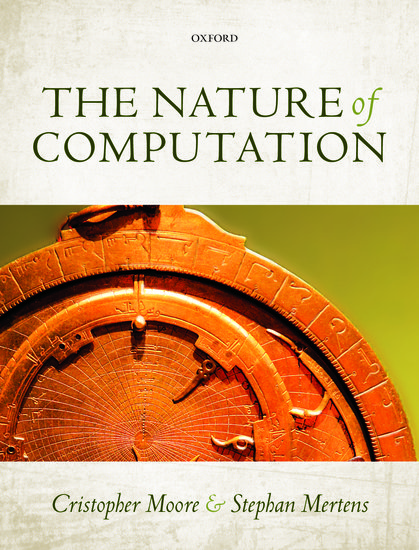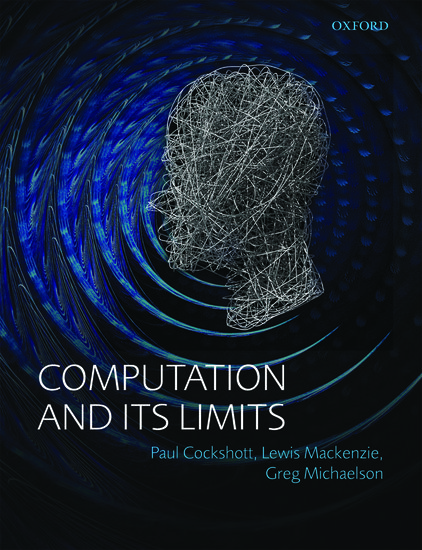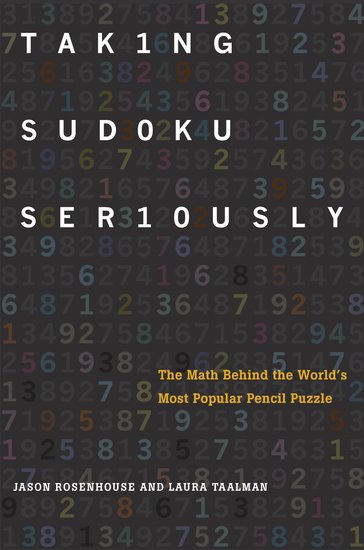Turing’s Grand Unification
By Cristopher Moore and Stephan Mertens
Many of the central moments in science have been unifications: realizations that seemingly disparate phenomena are all aspects of one underlying structure. Newton showed that the same laws of motion and gravity govern apples and planets, creating the first explanatory framework that joins the terrestrial to the celestial. Maxwell showed that a single field can explain electricity, magnetism, and light. Darwin realized that natural selection shapes all forms of life. And Einstein demonstrated that space and time are shadows of a single, four-dimensional spacetime.









